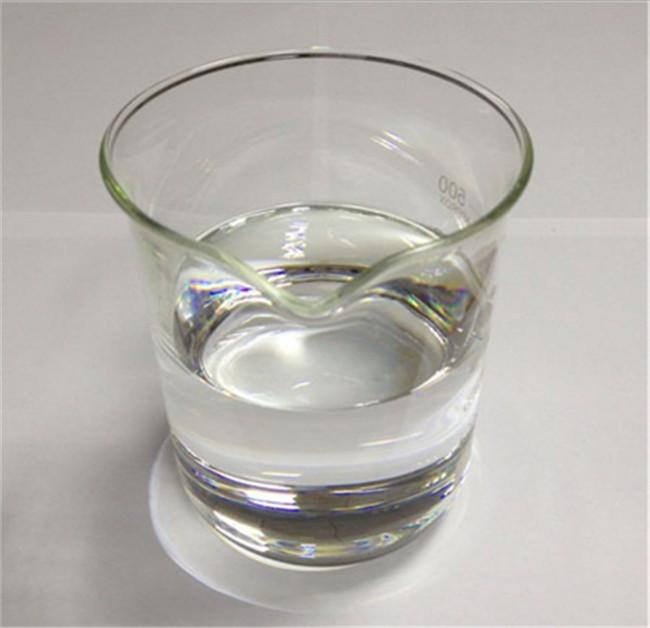When using cross-linking agents, what is the appropriate proportion?
Because this material itself is very adaptable and can be added to many different materials, the issue of proportion is not necessarily fixed. . For example, when adding to some systems, you can add it at a ratio of 1% to 3%, but in other systems, you may add more, for example, the highest ratio may reach 10%. So it depends on the specific system.

The following will introduce what proportion should this product be used in?
There are many factors that can affect the proportion during the use of cross-linking agents. Since there are more materials that can be used, if you are not sure about the proportion, you can Let’s test it first. First, test according to the ratio of 1%, and then calculate the curing time. If the ratio of 1% cannot achieve a good curing effect, you can increase the ratio to 2% and continue to measure. For curing time, if the ratio of 2% is just right, then just use it according to this ratio.
The second thing to note is whether this material can use this curing agent. Although this curing agent itself can be very practical, not all materials are suitable, so you can conduct a simple test before deciding to use it. After testing, you feel that this curing agent can indeed be used, and After using it, all aspects of performance parameters can meet the standards, then you can use this curing agent directly.
During the testing process, you should pay attention to the proportion added and determine the most appropriate proportion. There are many factors that can affect the curing time. Among them, temperature and humidity factors can easily affect the curing time. For example, when this product is put into resin and used, the curing speed will be faster when the weather is hotter. Faster, and when the weather is colder, the curing speed will be slower. In this case, the proportion of addition should be appropriately lower when the weather is hot, and the proportion of addition when the weather is cold It should be appropriately higher. To be more specific, when the temperature and humidity are high, the proportion of cross-linking agent added can reach 4%, and vice versa, the proportion of cross-linking agent added is 6%.
This is a simple analysis of the proportion of cross-linking agent used. When this product is added to the material, it does not necessarily have to be a For a fixed proportion, the added proportion is within a range. Different materials, different weather conditions, or some other influencing factors will eventually lead to differences in the added proportions.
Summary
For different adhesives, the cross-linking agent should be selected appropriately. The cross-linking agent has the following requirements:
⑴The active group of the cross-linking agent can react with the components in the adhesive to form a cross-linked structure.
⑵ The cross-linking efficiency is high, and a stable cross-linked structure can be obtained by adding only a small amount.
⑶ The cross-linking speed is appropriate, too fast or too slow is not good.
⑷The best comprehensive effect can be obtained by mixing several cross-linking agents.
⑸ The cross-linking agent is stable during processing and storage, and does not cause harmful reactions or agglomeration. Non-toxic, non-irritating, and non-polluting to the environment.
Cross-linking agent (English name: cross-linking agent) is a kind of agent that can act as a bridge between linear molecules, so that multiple linear molecules can bond to each other. A substance that is cross-linked into a network structure. Cross-linking agents have different names in different industries. For example: in the rubber industry, they are commonly called “vulcanizing agents”; in the plastics industry, they are called “curing agents”, “curing agents” and “hardeners”; in adhesives or It is called “curing agent”, “hardener”, etc. in the coating industry. Although the above names are different, the chemical properties and mechanisms reflected are the same.

 微信扫一扫打赏
微信扫一扫打赏

